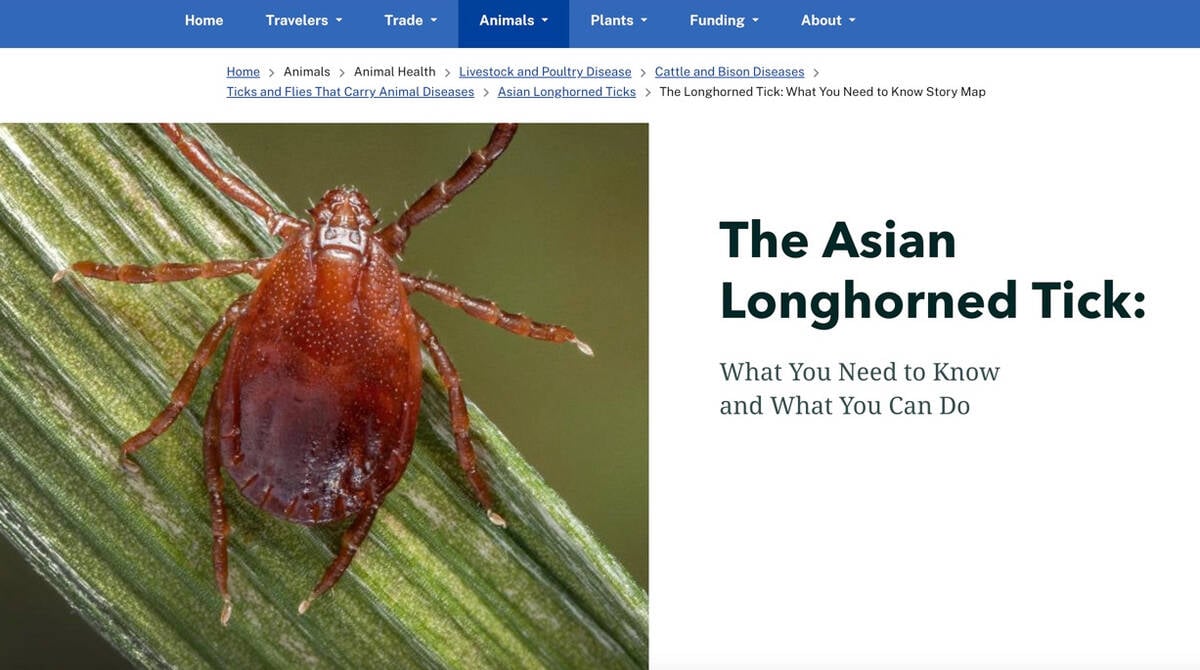New technology is being used to create genetically modified livestock for medical research, but a University of Minnesota researcher wielding the genetic “scissors” is also eyeing food animal production.
Scott Fahrenkrug is the lead author of a recently published paper that describes how a technique using licensed technology called TALENs allows for cheaper and faster alteration of an animal’s genetic material.
Fahrenkrug is also chief executive officer of Recombinetics, which was created to commercialize technologies from the U of M.
The university has the rights to the technology for biomedical and agricultural applications for swine, cattle and sheep.
Read Also

New World screwworm not seen as trade threat
Canadian cattle producers shouldn’t be worried about the New World screwworm, which has become a massive concern for ranchers in Mexico and is threatening the southern United States
He said the company wants to sell these animals first into the biomedical market, which already exists, and eventually to genetics companies.
The technology could be used to produce disease-resistant animals, improve feed conversion efficiencies and address animal welfare concerns such as dehorning, he said.
“The potential impact on the ag side, I think, is much bigger,” he said, although the company hasn’t yet presented a product to regulators.
Previous attempts to bring a GM animal into the food market, such as the Canadian-made Enviropig or salmon, have been met with regulatory hangups and opposition from a strong anti-GM lobby.
The breeding program for the Enviropig was shut down earlier this year. It was an animal genetically modified at the University of Guelph to better digest phosphorus.
“We’re certainly aware of all of that and I’ve been involved with the field for a long time, so we’re not naive about the barriers to either public acceptance or to regulatory approval, but we do emphasize that this really is qualitatively different,” said Fahrenkrug.
“This is not a typical GM animal.”
The report documents how researchers have employed the technology to make genetic modifications in the Ossabaw miniature pig, which will be used as models to study human diseases.
The animals will be used to study cardiovascular disease.
“We’re not adding genes in this case. We’re not adding any recombinant DNA or anything like that,” said Fahrenkrug.
“We’re treating embryos or we’re treating cells with something that’s essentially a pair of molecular scissors.”
Recombinant DNA results from laboratory work constructing genetic material that wouldn’t otherwise be found.
“We call it editing. We don’t like to call it genetic modification.… It’s simply an accelerated breeding technique,” said Fahrenkrug.
“We’re not interested at this point in creating versions of genes that people don’t already eat. We apply new technology to accelerate breeding programs.”
He said the technology could be used to cross livestock to promote or discourage a certain trait.














